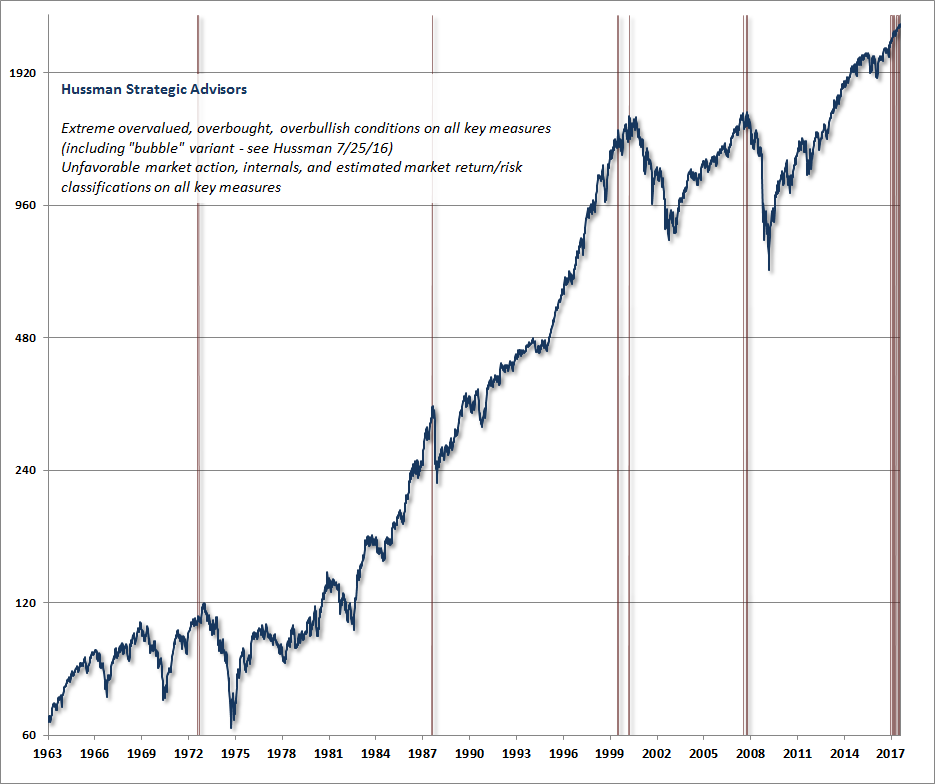Someone wrote me last week to say that because they did not have enough retirement savings amassed they had no choice but to be more aggressive in taking on more risk today. This is a common flawed conclusion promoted by the self-serving financial cartel.
When investment conditions and valuations are hostile and unfavorable for future returns, accepting more exposure to them is likely to increase durable losses not returns. The central question as always must be: how much can we afford to lose. And secondly, why would we choose to accept near certain losses when much more favorable opportunities will undoubtedly present in the future.
In the end, preserving capital is a character test. We do not get to choose the economic environment we find ourselves in, nor where we are in a given credit cycle, nor when we amass the bulk of our life savings. We cannot stomp our feet and demand better yields and investment options. We can change products and advisors, but we or they cannot put our money in different markets on a different planet. We only get to choose our personal responses and allocation decisions based on the conditions around us.
As John Hussman demonstrates well this morning, we are here (see extreme risk reading lines marked on far right below): how we choose to deal with this reality, will have an impact on our financial health–for better and worse–for years to come. Choose thoughtfully.
 “Market internals suggest that risk-aversion is now accelerating. The most extreme variants of “overvalued, overbought, overbullish” conditions we identify are already in place. A market loss of [1/2.70-1 =] -63% over the completion of this cycle would be a rather run-of-the-mill outcome from these valuations. All of our key measures of expected market return/risk prospects are unfavorable here. Market conditions will change, and as they do, the prospective market return/risk profile will change as well. Examine all of your investment exposures, and ensure that they are consistent with your actual investment horizon and tolerance for risk.”
“Market internals suggest that risk-aversion is now accelerating. The most extreme variants of “overvalued, overbought, overbullish” conditions we identify are already in place. A market loss of [1/2.70-1 =] -63% over the completion of this cycle would be a rather run-of-the-mill outcome from these valuations. All of our key measures of expected market return/risk prospects are unfavorable here. Market conditions will change, and as they do, the prospective market return/risk profile will change as well. Examine all of your investment exposures, and ensure that they are consistent with your actual investment horizon and tolerance for risk.”

